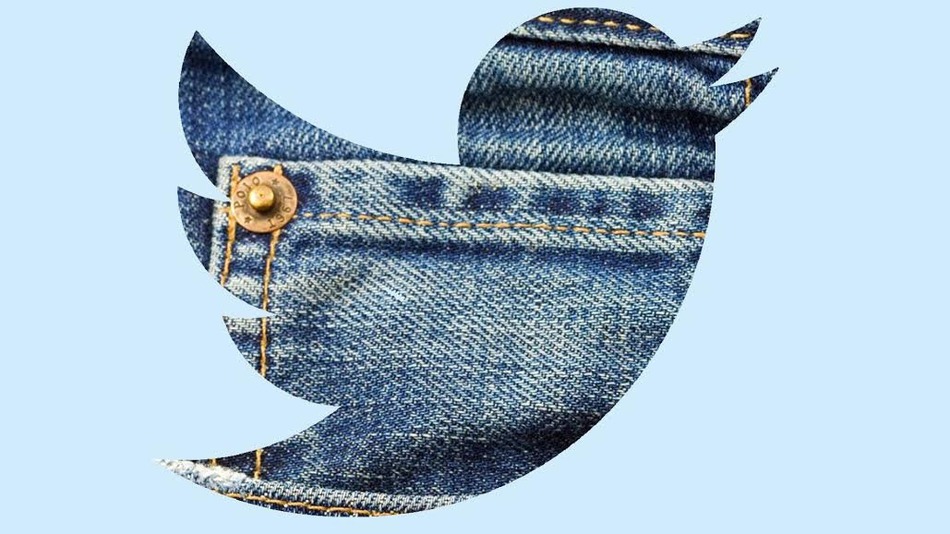
- 2 Min Read / Blog / 3.2.2020

“We like to say that Twitter was born mobile.”
Twitter has been recognized as one of the first companies to truly embrace mobile at the core of the business. The majority of its users access the platform via smartphones and tablets—and that’s how the company wanted it to be. One of the most critical components of mobile success is the relationship with the developer community. At its Flight developer conference this week, Twitter unveiled Fabric as the answer to universal challenges developers face when creating apps:
Stability, distribution, revenue and identity.
The introduction of Fabric positions Twitter as more than a social network—it inserts the company deep into the assistive platform thread woven by Facebook, Apple, and Google.
Fabric ties together three software development kits into one amazingly simple developer experience. Of course, one part focuses on injecting Twitter features into any application—developers are now equipped with a seamless, customizable way to incorporate tweet embeds, sign-in via Twitter, or a new account sign-up function called Digits, which uses only a phone number into their apps. Digits requires only a phone number to log into an app, whereas other platforms require a combination of usernames, emails, and passwords, which can potentially alienate new users.
Another piece of the kit targets application stability. Applications that crash often don’t reflect well on the developers’ efforts, but Fabric incorporates an analytics tool called Crashlytics into code to identify the cause of crashes so they can being quickly remedied. The kit will also analyze app usage and facilitate the distribution of beta products so the developer is armed with comprehensive data to make their experience the best possible.
Although all developers aren’t creating applications to make money, Fabric is giving all developers the power to generate revenue from their app. This last kit is called MoPub, designed to let any developer incorporate ads into their applications. This initiate mirrors Facebook’s expanded Audience Network from this year’s F8 conference, which allows for Facebook Ads to be shown across mobile applications from the company’s developer partners. As Twitter explores new avenues to revenue and profitability, MoPub offers new ways for the company to monetize its content.
The Fabric SDK isn’t a completely new concept, neither for Twitter itself nor other platforms like Facebook. When Twitter open sourced its Bootstrap framework, a free kit of tools for developers creating responsive websites and web applications, it created a community developers-turned-Twitter fans. Last year, Facebook acquired Parse, which added scalable development tools to the Facebook Platform. Enabling easy native development across platforms serves Facebook’s interests, as developers are more likely to integrate Facebook Platform features that are seamlessly included in Parse’s product offerings. For companies like Twitter and Facebook, which monetize their massive user bases through advertising dollars, breadth and reach are essential.
Investing in the development community is vital. Both Apple and Google are known for their armies of loyal devotees, which extend beyond pretty devices to give developers the stage for their creations. With CloudKit in iOS 8, Apple has simplified the native application backend development process in startups’ favor. Google, similarly, offers unprecedented backend power and limitless storage to cash-strapped third parties through its Cloud Platform. Again, these companies have a vested interest in making the development process for their platforms cheaper and quicker, in order to attract the most developer interest and retain flagship apps on their software marketplaces.
Fabric will make mobile development easier as it takes Twitter to a company more than tweets. The future of mobile is constantly evolving, and so are the companies behind the popular applications that fill smartphone screens. When social networking interest wanes and Twitter can no longer rely on its troves of eager tweeters, its focus can expand to other endeavors to sell advertising or support development. And as Facebook and others seek to diversify their business models to ensure long-term viability, Twitter’s new developer offerings take the company beyond 140 characters.